
A tanker truck full of wine – everyday business for José Antonio
Story
For José Antonio Reguero, the grape harvest is always a very special time: he delights in the varied colours of the grapes and the festive mood – as he does in transporting wine.
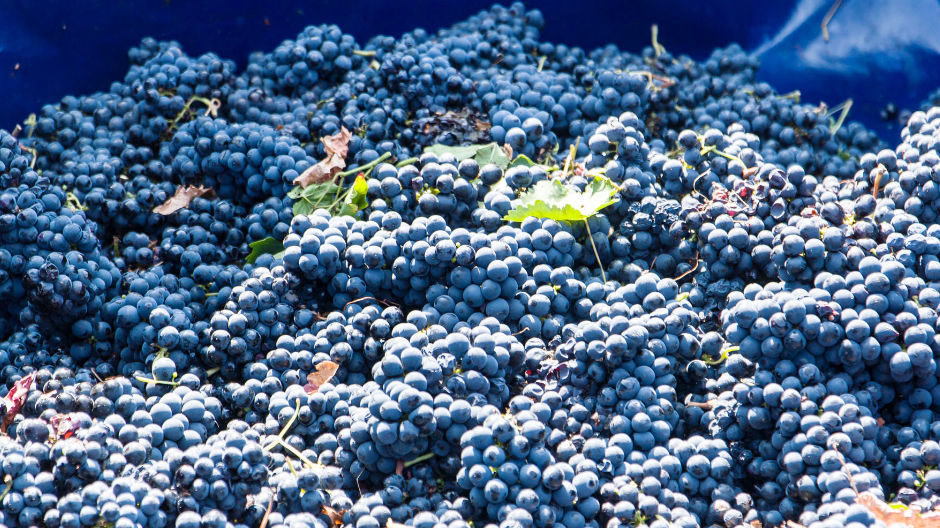
First-class harvest: the grapes are turned into a wine with a designation of origin.
José Antonio Reguero uses the short waiting time before loading to take a look at the adjacent vineyard. "Delicious! It'll be a good harvest!" he says. "Here in El Bierzo we have a good climate for wine, and the soil alongside the river Sil is excellent for the wine producers."
José is interested in viticulture. The region of El Bierzo is in the north-west of the autonomous community of Castile and León, and it borders on Galicia and Asturias. Every year, José follows everything to do with the grape harvest and subsequent processing.
"I can spend hours just watching the grape harvest. The colours of the vines and all those different hues of the grapes fascinate me," he enthuses.
Mainly white Godello grapes and red Mencía ones are grown in this region.
This article contains additional material (videos, images and reports etc.) for registered RoadStars members. In order to experience the article to the full, you need to log in with your RoadStars account or register for one free of charge.
Become a RoadStar and gain access to exclusive content and campaigns!
Login for RoadStars members
Not yet a member? Join RoadStars now
Obtain exclusive access to exciting events and activities which only RoadStars can offer.
Join RoadStarsCountless tractors with grapes.
Generally, José heads for one of the co-operatives in El Bierzo to take on a load. He is accompanied by countless tractors with trailers, all overloaded with grapes and being used for the harvest. If he can arrange it, José likes to take the time and watch the grapes being separated from their stems by machine. "After that, the grapes are pressed and the mash is created," he explains. Finally, the juice is put into airtight stainless steel containers where fermentation takes place at a temperature of 27 degrees Celsius. The finished wine is transported by drivers like José and his Actros. The tanker semitrailer has a capacity of 30,000 litres. His destination? France or Germany. He travels several thousand kilometres per week.
"For me, wine is something delicious that needs to be transported with lots of care."
– José Antonio Reguera
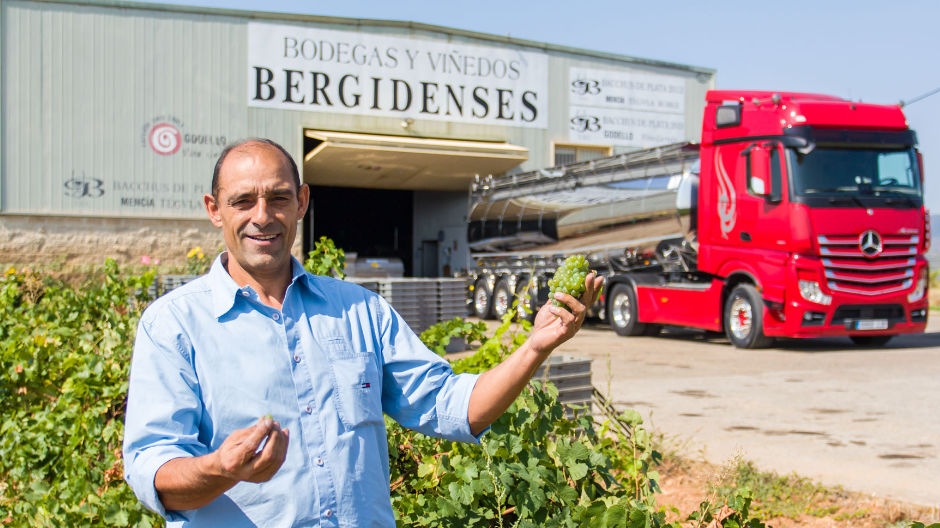
25 years of experience.
José is an old hat at transporting wine: he's been in the business for 25 years. He is fully aware of the two greatest dangers: oxidisation and contamination. He opens the filler opening of the tank. Filling using a hose is always carried out from bottom to top. All the time, he takes meticulous care that the seal between the hose and the filler opening is hermetically sealed. That way, only an absolute minimum of oxygen can get into the tank. Then he climbs nimbly up the ladder onto the tanker: "I'm not frightened of heights," he says. When he reaches the top, he opens each tank lid and seals it properly again: the filling process is going on as it should do.
It's a matter of pride that José's tanker is sparkling clean at all times, outside and in. He works for Getrabier, where much emphasis is placed on following the cleaning process properly. "If you take the right hygienic precautions, you avoid all contamination and unpleasant smells," says José.
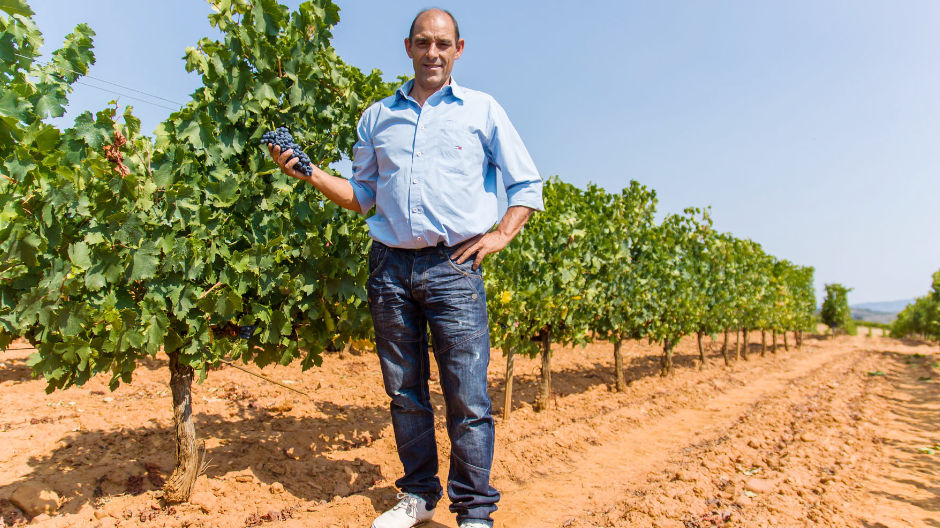
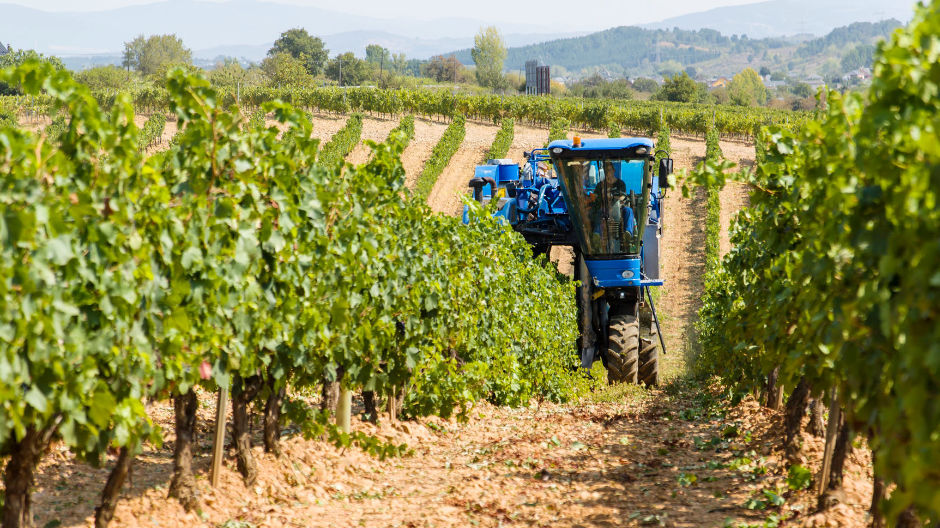
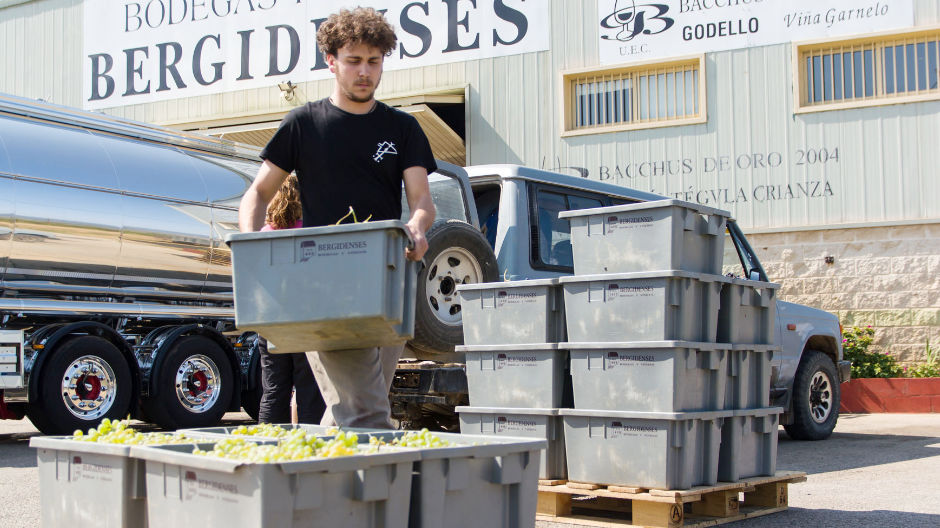
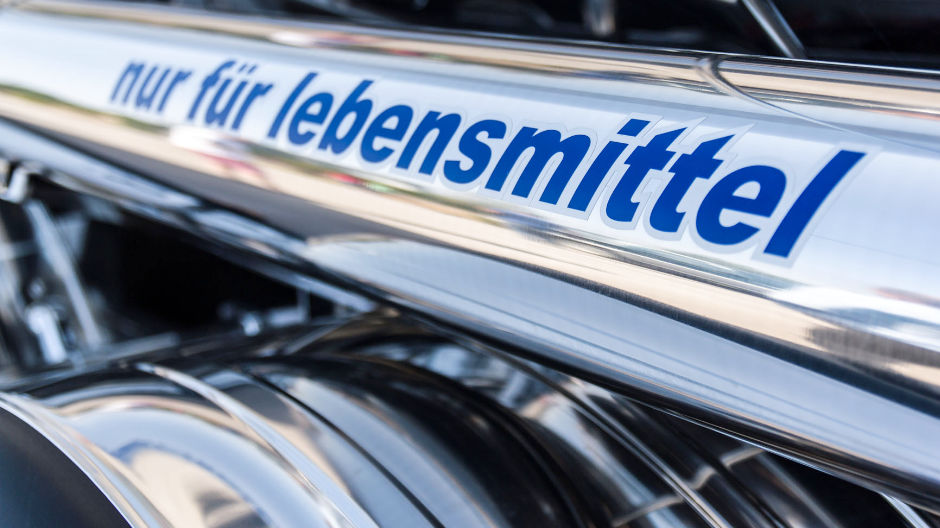
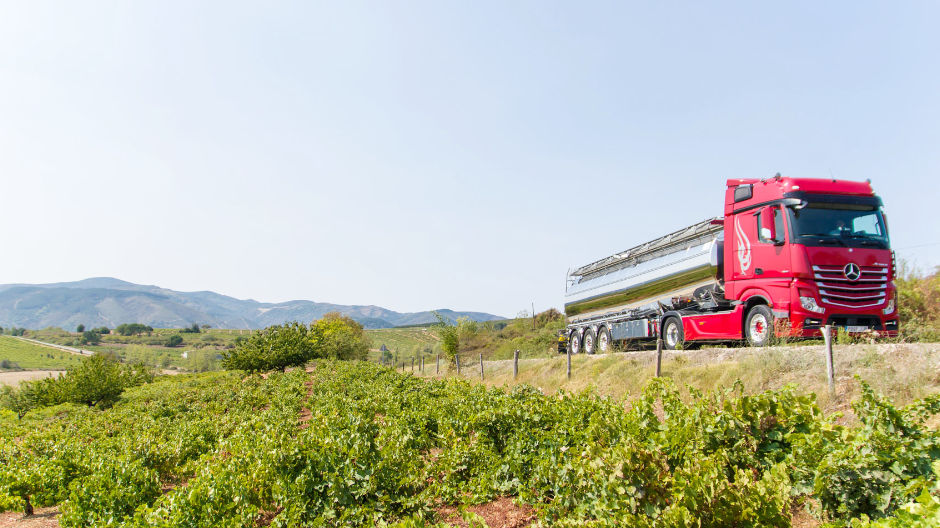
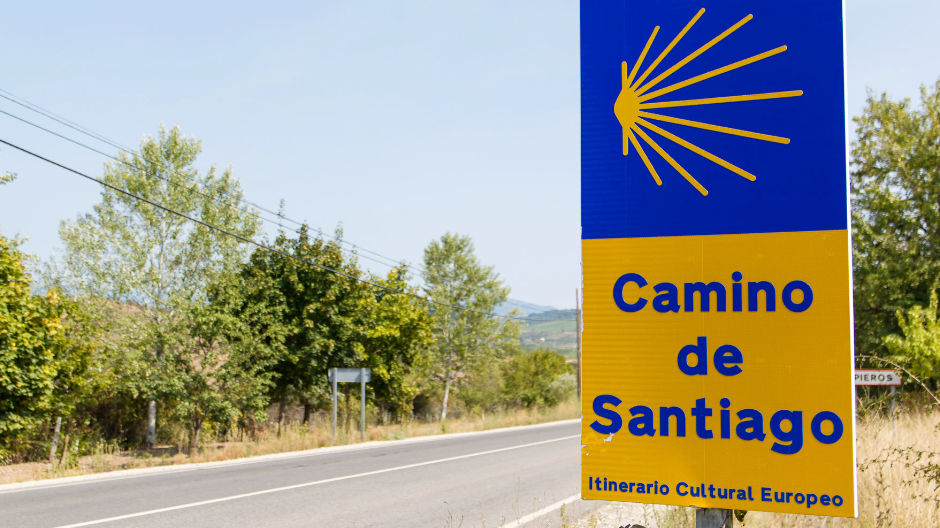
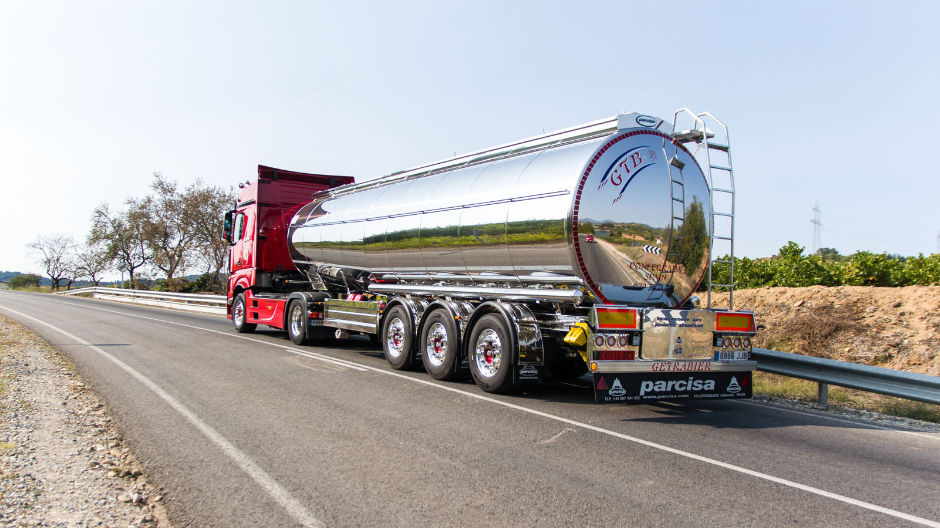
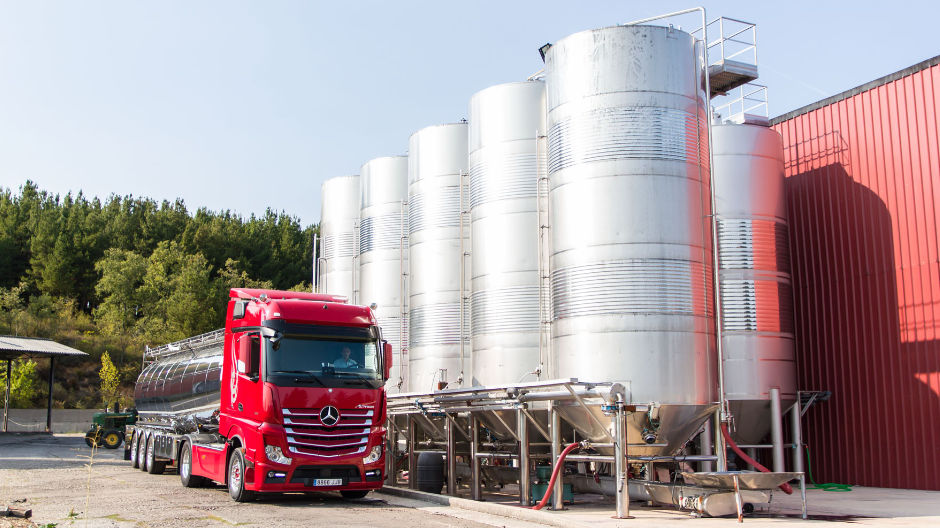
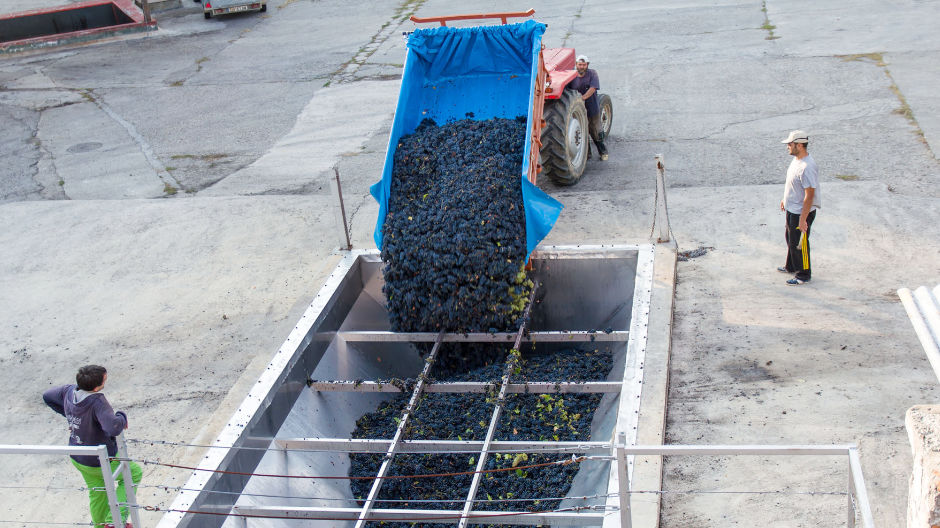
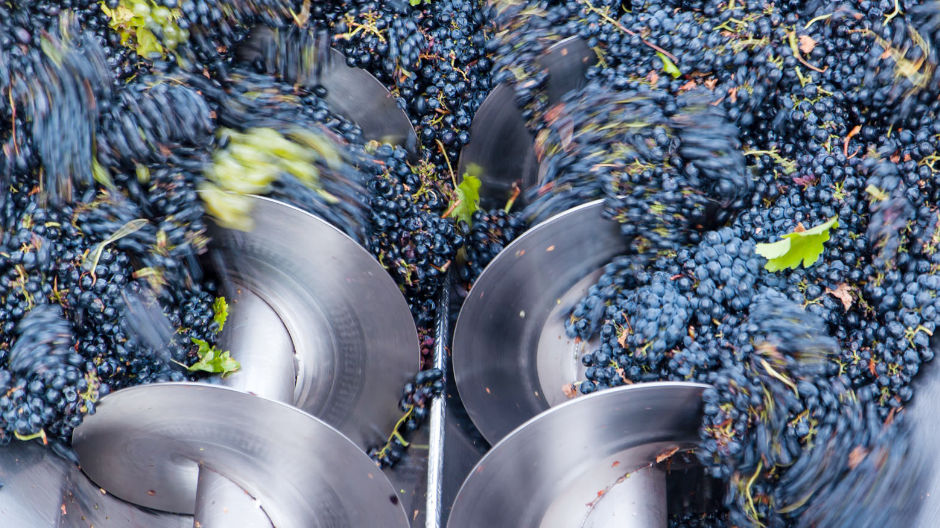
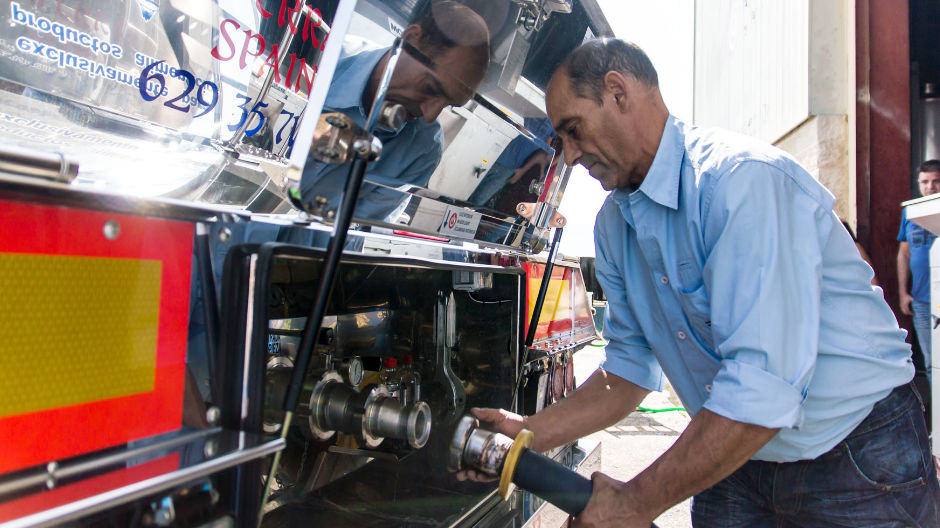
Delicious export success.
"For me, wine is something special that needs to be transported with lots of care," he says. "And the quality and popularity of unbottled wine rises from one year to the next." The export figures for unbottled Spanish wine of designated origin increased by an astounding 20 percent last year.
But not all of the harvest is exported abroad – in Spain too, these wines are becoming more popular. After his working week, José Antonio goes home and spends the evenings with his wife and his two children. They all like sitting on the sofa while he talks about work – generally with a good glass of wine from El Bierzo in his hand.
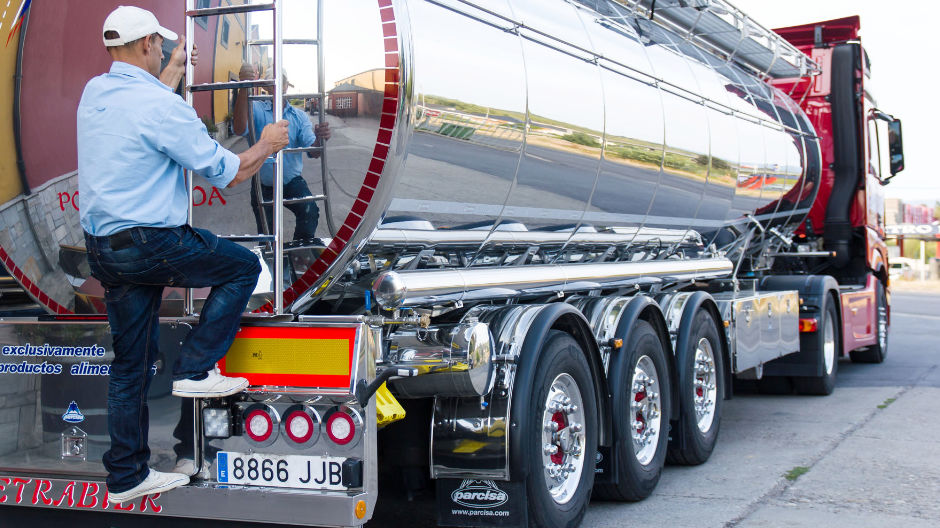
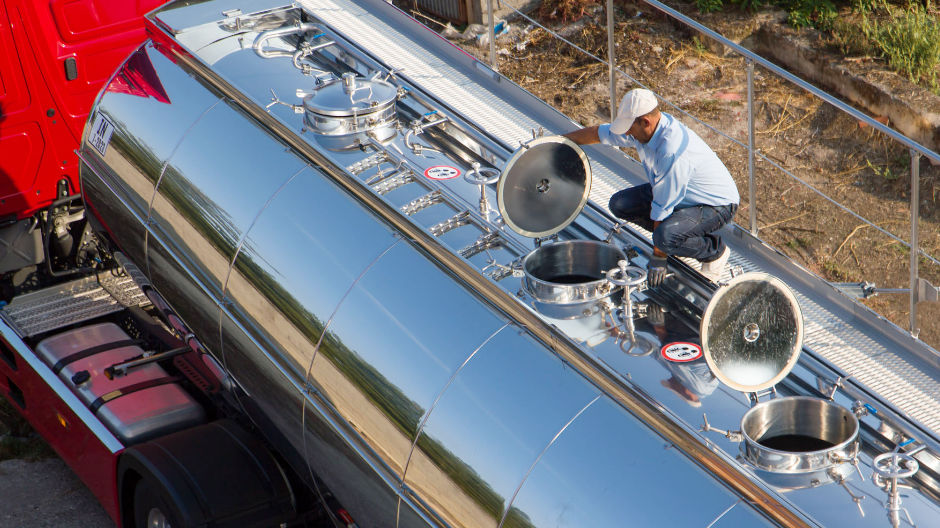
Photos and video: Begoña Tremps




Comment
Please log in to post a comment.
12 comments
Ein Blitzsauberer LKW .
Ein Blitzsauberer LKW .
Viva España.
Viva España.
natürlich erst recht...
Gruss
Andreas☺️
natürlich erst recht...
Gruss
Andreas☺️
Und so ein Gläschen Wein aus dem Tank, am Steuer.... 😄 - nein Quatsch....
Gruß
Klaus
Und so ein Gläschen Wein aus dem Tank, am Steuer.... 😄 - nein Quatsch....
Gruß
Klaus